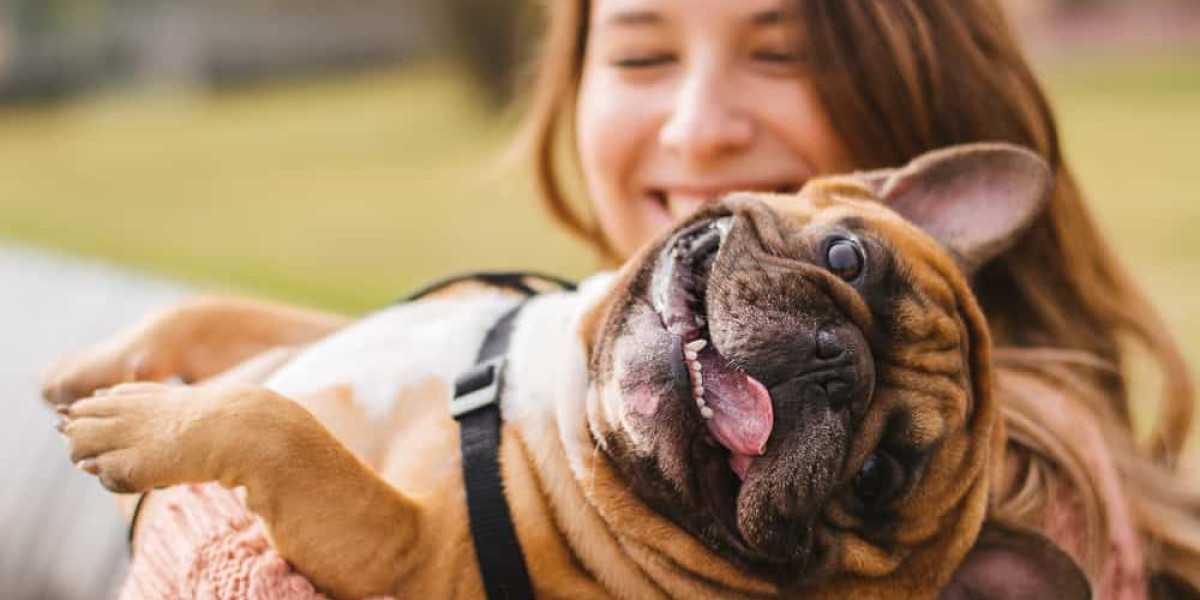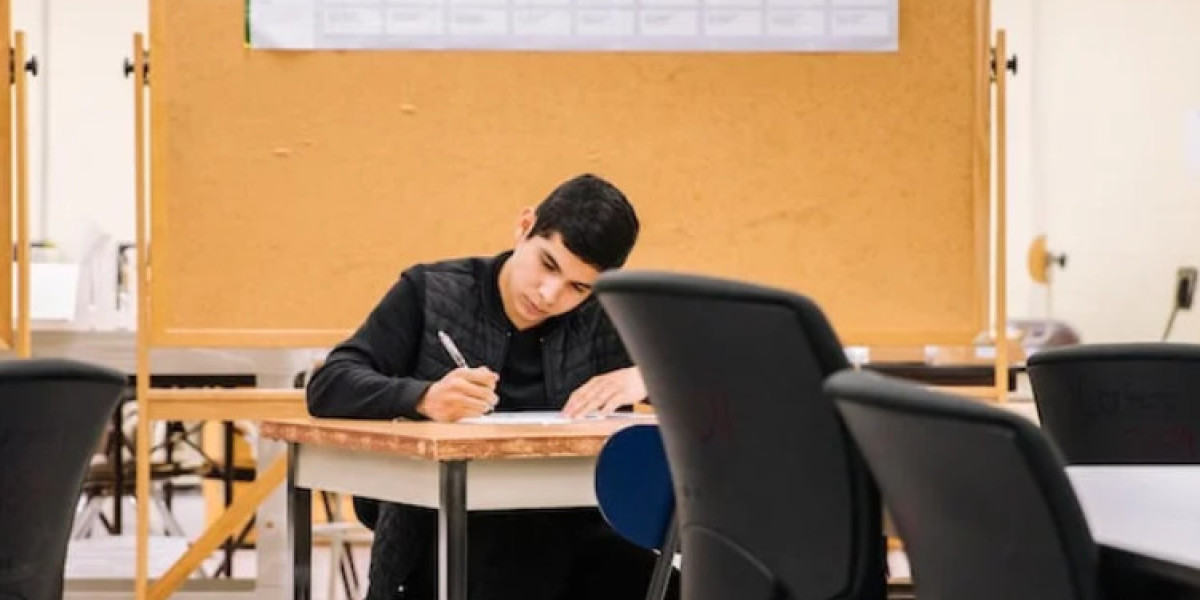Introduction — why pet dental care matters
Dental disease is one of the most common health problems seen in companion animals. Left untreated, oral disease causes pain, infection and can have ripple effects on a pet’s overall health — affecting appetite, behaviour and even organs such as the heart and kidneys. Regular dental checks, prompt treatment and consistent home care preserve teeth, relieve pain and improve quality of life for dogs and cats.
What is veterinary dentistry?
Veterinary dentistry covers the prevention, diagnosis and treatment of conditions that affect the mouth, teeth, gums, jaw and related tissues. It includes routine oral exams, professional cleaning and polishing, dental radiography (x-rays), extractions, treatment of fractured teeth, root canal therapy, periodontal surgery and management of oral tumours or traumatic injuries. A thorough dental assessment looks beyond visible tartar to detect hidden disease under the gums and inside tooth roots.
Why dental health is important for the whole animal
Oral disease is painful and progressive. Plaque and tartar buildup lead to gum inflammation (gingivitis). If untreated, this progresses to periodontitis — a destructive condition that damages the supporting structures of the tooth, causing loosening and tooth loss. Chronic oral infection also provides a pathway for bacteria to enter the bloodstream, increasing the risk of complications in other organs. Beyond the medical risks, dental pain reduces appetite, changes behaviour and lowers a pet’s ability to play and enjoy life. Timely dental care prevents these outcomes.
How often should pets have their teeth checked?
A minimum of one annual dental assessment is recommended for most adult pets as part of a routine health check. Pets with known dental disease, older animals, small-breed dogs prone to early periodontal disease, or pets with visible oral signs may need reviews every 3–6 months. Puppies and kittens should have early wellness visits where oral development and any retained baby teeth are assessed. Your veterinarian will set a schedule based on breed, age, current oral health and your home-care routine.
What a professional veterinary dental procedure involves
A complete and safe dental procedure in veterinary practice typically includes the following steps:
Pre-anaesthetic assessment — a physical exam and often blood tests to confirm fitness for anaesthesia and to identify any underlying conditions that require adjustment of the plan.
General anaesthesia — allows a pain-free, motionless and thorough oral examination and treatment. It protects both the pet and the clinical team and is essential for procedures under the gum line.
Oral examination and dental radiographs — x-rays reveal disease below the gum line such as root abscesses, bone loss or hidden fractures that are not visible externally.
Scaling (supragingival and subgingival) — removal of plaque and tartar above and below the gum line using ultrasonic and hand instruments. Subgingival cleaning is critical because most disease begins beneath the gum.
Polishing — smoothing the tooth surface after scaling to slow future plaque accumulation.
Extractions or advanced treatments — teeth that are badly diseased, fractured or causing pain are extracted. In some cases restorative procedures or root canal therapy are an option.
Analgesia and local blocks — pain relief is provided during and after the procedure, and local nerve blocks are often used to reduce intra- and post-operative pain.
Recovery and aftercare — monitored recovery and clear home-care instructions are provided, including pain medications, eating recommendations and follow-up checks.
Because many problems are hidden under the gum-line, anaesthesia and radiographs are considered standard for a thorough veterinary dental assessment and treatment.
Is anaesthesia safe — including for older pets?
Modern anaesthesia is much safer than it used to be, thanks to improved drugs, monitoring technology and tailored protocols. For older pets or pets with chronic conditions, veterinarians perform extra screening (blood tests, imaging where appropriate) and adjust anaesthetic plans: lower drug doses, specific monitoring, intravenous fluids, and oxygen support. The alternative — leaving painful infected teeth in place — often carries greater long-term risk than a well-managed anaesthetic procedure. The decision is made case-by-case, balancing anaesthetic risk with the benefit of treating painful dental disease.
Signs of dental disease owners should watch for
Owners are often the first to notice changes. Seek veterinary advice if you see any of the following:
Persistent bad breath (halitosis)
Yellow or brown deposits on teeth, red/swollen or bleeding gums
Drooling, pawing at the mouth, difficulty chewing, dropping food
Reluctance to eat, weight loss or changes in behaviour
Loose, broken or missing teeth
Facial swelling or discharge (possible abscess)
Some pets mask pain very well; routine checks are essential even when symptoms are subtle.
Common dental problems in dogs and cats
Dogs
Periodontal disease — the most prevalent condition, progressing from gingivitis to bone loss and tooth mobility if untreated.
Fractured teeth — can expose the pulp and cause severe pain and infection. Hard chews or trauma are common causes.
Tooth root abscesses — often present as local facial swelling or sudden bad breath and require extraction or root therapy.
Retained deciduous (baby) teeth and malocclusion — can lead to crowding, plaque accumulation and early disease, often requiring removal of retained baby teeth.
Cats
Periodontal disease — also common and frequently under-recognised in cats.
Tooth resorption (feline odontoclastic resorptive lesions) — a painful condition where the tooth structure breaks down; affected teeth usually need extraction.
Stomatitis / severe gingivostomatitis — an immune-mediated or inflammatory condition causing intense oral pain and poor appetite; management can include extractions and long-term medical therapy.
Fractured teeth — especially in cats that chew on hard objects or suffer facial trauma.
Prevention and home care — practical steps owners can take
Prevention is a combination of professional and at-home care:
Daily tooth brushing with a pet-specific toothbrush and toothpaste is the gold standard for plaque control. Start slowly and make it positive.
Dental diets and veterinary-approved chews can reduce plaque when used correctly, but they are not a complete substitute for brushing.
Safe chew toys — avoid very hard items that can fracture teeth (e.g., cooked bones, very hard nylon). Discuss safe options with your vet.
Regular veterinary dental checks — early detection reduces the need for extensive treatment.
Water additives and oral gels — these may support plaque control as an adjunct to brushing, but they shouldn’t replace mechanical cleaning.
Consistency at home reduces disease progression and the frequency of professional interventions.
Treatment planning and follow-up care
Dental treatment plans are tailored to each animal, taking into account age, medical history and severity of disease. After extractions or major procedures, pain relief and a soft diet are commonly prescribed for a few days, along with clear instructions on wound care and monitoring. A follow-up exam is important to ensure proper healing and to schedule maintenance cleanings or ongoing periodontal therapy if needed.
Cost versus value — prevention saves money
While professional dental procedures have a cost, early prevention and routine maintenance usually save money and avoid suffering over the long term. Treating advanced dental disease often involves multiple extractions or long-term medications, which are more expensive and carry higher risks than early intervention and regular maintenance.
Final thoughts — oral health is whole-body health
Dental disease is both common and highly manageable. Regular veterinary checks, professional treatment under anaesthesia when required, and consistent home care form the backbone of good oral health for dogs and cats. By prioritising dental care you relieve pain, protect systemic health and help your pet enjoy a more comfortable, active life. If you have concerns about your pet’s teeth or breath, book a dental check with your veterinarian — early action makes the biggest difference.







